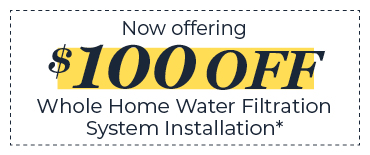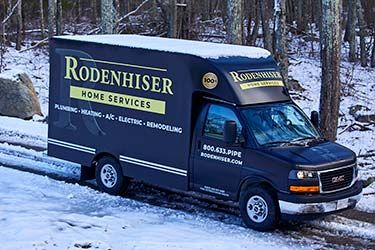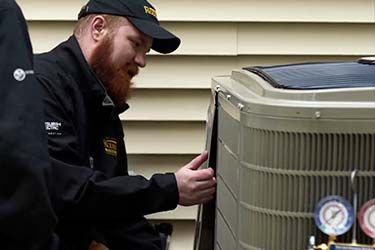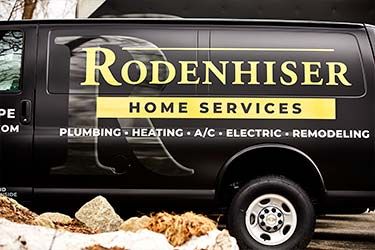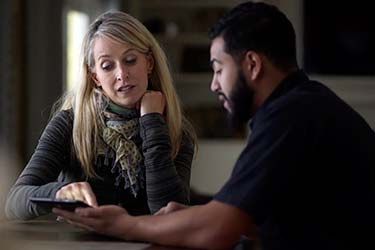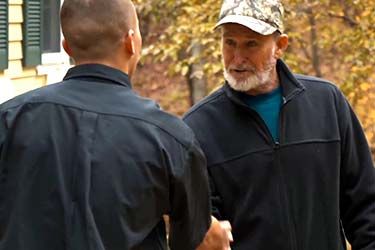
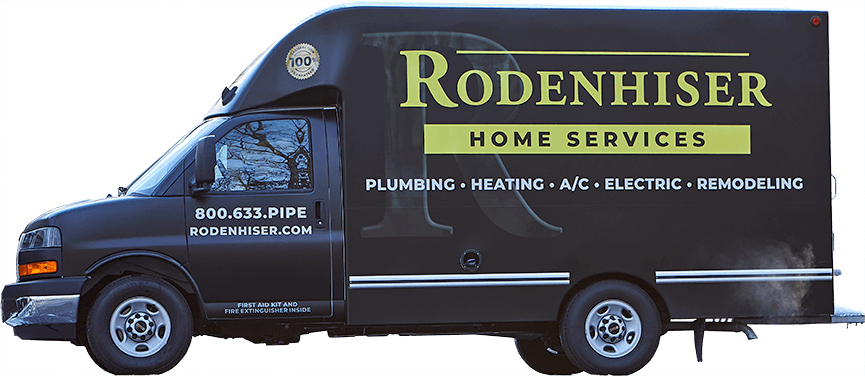


Tips to Protect Your Massachusetts Home This Winter
If the dropping temperatures are any indication, your Massachusetts home is probably beginning to get cold right about now. If you want to stay safe, save money and prevent problems, you suggest that you follow some of our favorite winter home protection tips:
Add Weatherstripping Around Doors and Windows
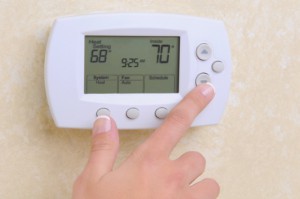 Your goal should be to keep the cold air out while the warm air stays inside. Weatherstripping can be indispensable in making sure this happens.
Your goal should be to keep the cold air out while the warm air stays inside. Weatherstripping can be indispensable in making sure this happens.
Replace the Air Filter
When the furnace's air filter is clogged up, the system won't work as efficiently and you'll waste energy. Replacement of the filter will keep the air flowing, and should be done every one to three months, as needed.
Wrap Exposed Pipes
Exposed pipes are susceptible to bursting due to their lack of protection from the air. Protect these pipes by sliding inexpensive insulation sleeves over them.
Schedule a Service Call
The furnace or other heating equipment should be serviced by a professional HVAC technician once a year. This will help maintain its efficiency and catch any potential problems with the system.
Check the Roof
A heavy snowfall can damage your home's roof, costing you a pretty penny in some cases. Prevent this by calling a contractor to check the roof's resilience.
Open Cabinets
When it gets especially cold outside, open up cabinet doors where pipes are located and leave them open. This will allow heat to get close to the pipes and help keep them from freezing.
Install a Programmable Thermostat
Switching to a programmable thermostat will help you wrestle control over heating costs by giving you a way to set the days and times during which the heating equipment is in operation.
Turn On Faucets
Although wasting water is never the best strategy, keeping a trickle of water flowing through faucets connected to unprotected pipes will prevent freezing when you're unprepared for a snap of cold weather.
For more expert winter home protection tips, or if you have any other questions related to home comfort, please contact the friendly professionals at Rodenhiser Plumbing, Heating & Air Conditioning. We've been serving the Route 495/128 area of Massachusetts since 1928.
Image via Shutterstock.com
Nice people.
Great service.
Since 1928Terms & Conditions | Privacy Policy





Read From Over 14,000 Happy Customers
-
Both Alex and Patrick were knowledgeable, courteous, and professional. They made a change that might have solved the recent problem and have structured a more complete solution. We agreed to this...

-
Mike was thorough, thoughtful and considerate. Covered their shoes before entering, surveyed my issue and provided an explanation of the services and costs. Great Job!

-
Alex did a great job providing an explanation of the services provided and went out of his way to offer assistance/advice on other issues outside of our scheduled maintenance visit.

-
Brian did an excellent job inspecting our 18-year old boiler and replacing some of the accessory hardware that needed it, he also adjusted the outgoing hot water settings for our radiators and...

-
Rodenhiser is my one stop shop!!! They take care of my HVAC, electrical, and plumbing issues & are always helpful addressing any questions I may have about the systems in my house! Everyone...

-
Chris G. and Nick V. showed up bright and early at 8am to fix my water heater issue. They were on time, polite and were able to fix an issue that has been plaguing my house for a good year. They...

Call Rodenhiser at
1-800-462-9710
Call Rodenhiser at 1-800-462-9710
When you are looking for plumbing, electrical, heating or air conditioning in the Route 495 / 128 area, you will be delighted that you called Massachusetts' trusted choice since 1928.
With a total dedication to professional workmanship and excellent service, discover why families and businesses continue to trust Rodenhiser after generations of service
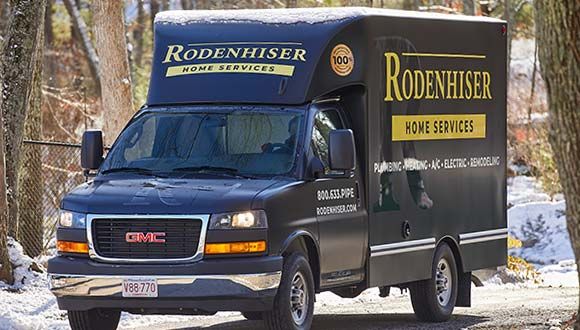
Trusted Plumbers
Fast, On Time
HVAC Experts
Satisfaction Guaranteed
Expert Electricians
Maintenance Plans
CONTACT RODENHISER TODAY
325 Hopping Brook Rd Holliston MA 01746.
-
Master Plumber: #10961
-
Corporate Plumbing: #2288
-
Master Electrician: #23917A
-
Electrical Business: #4804
-
Master Sheet Metal (Unrestricted): #5867
-
Corporate Sheet Metal: #641
-
Home Improvement Contractor: #188806
*Heating system check terms and conditions: Residential Only. Must reside within our service area. Offer only available to 1 unit per household additional units are at full price. Can not be combined with other offers
*Late Season Special Extra Conditions: Gas Systems only. No Discounts on oil systems. Promotional price limited to one system per home, additional systems will be charged at full price. Residential Systems only. Must reside within our service area. *For EV Charger Offer also: valid only when the system is purchased through Rodenhiser.


